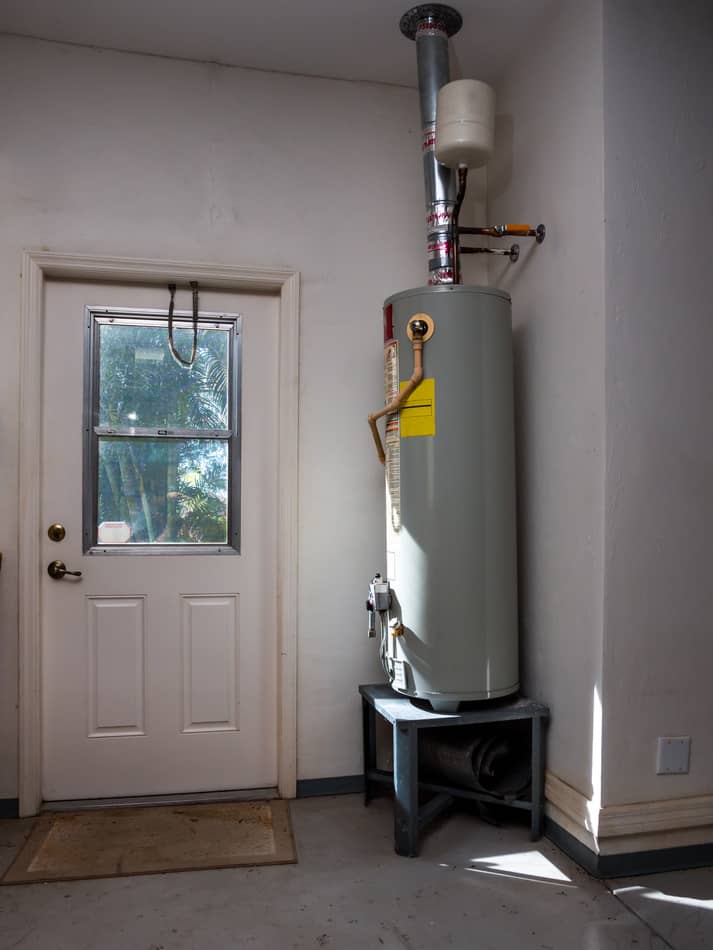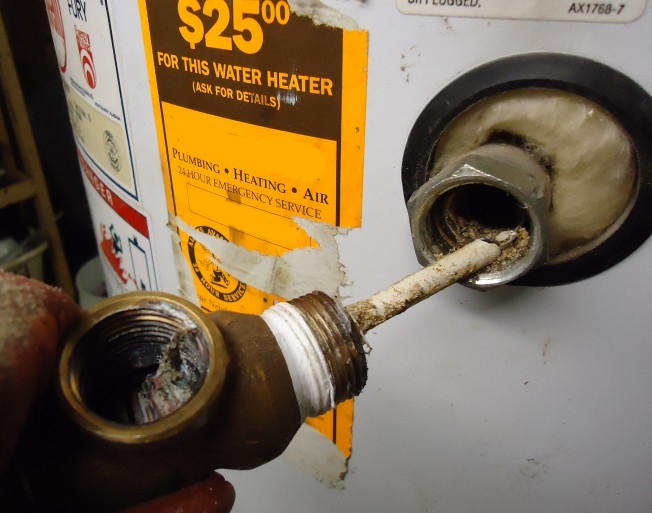Best Practices for Maintaining Your Home's Hot Water SystemHow to Extend the Lifespan of Your Home's Hot Water System By Maintenance
Best Practices for Maintaining Your Home's Hot Water SystemHow to Extend the Lifespan of Your Home's Hot Water System By Maintenance
Blog Article
What're your thoughts and feelings on Tips For Maintaining Your Hot Water Heater?

Warm water is vital for day-to-day comfort, whether it's for a rejuvenating shower or washing recipes. To ensure your warm water system runs successfully and lasts much longer, regular maintenance is essential. This write-up offers practical suggestions and insights on exactly how to maintain your home's warm water system to stay clear of disturbances and expensive repairs.
Intro
Preserving your home's warm water system may seem daunting, yet with a few basic steps, you can guarantee it operates efficiently for several years to come. This overview covers every little thing from recognizing your warm water system to do it yourself upkeep tips and recognizing when to contact professional help.
Significance of Keeping Your Warm Water System
Normal maintenance not just expands the lifespan of your warm water system but additionally ensures it runs effectively. Disregarding maintenance can cause lowered effectiveness, greater energy costs, and also premature failure of the system.
Indicators Your Hot Water System Needs Upkeep
Recognizing when your warm water system needs focus can avoid major problems. Keep an eye out for indications such as inconsistent water temperature level, unusual sounds from the heater, or rustic water.
Understanding Your Warm Water System
Prior to diving into upkeep jobs, it's practical to understand the standard components of your warm water system. Typically, this includes the hot water heater itself, pipes, anode poles, and temperature controls.
Regular Monthly Upkeep Tasks
Regular regular monthly checks can aid catch minor problems prior to they escalate.
Purging the Hot Water Heater
Flushing your hot water heater removes debris build-up, enhancing performance and prolonging its life.
Checking and Changing Anode Rods
Anode rods stop deterioration inside the tank. Inspecting and replacing them when worn out is important.
Checking and Adjusting Temperature Setups
Adjusting the temperature settings guarantees optimum efficiency and safety.
Do It Yourself Tips for Upkeep
You can execute a number of upkeep jobs on your own to keep your warm water system in top condition.
Checking for Leakages
Frequently inspect pipes and links for leakages, as these can lead to water damage and greater costs.
Testing Pressure Relief Valves
Checking the stress relief valve guarantees it functions properly and protects against excessive pressure accumulation.
Shielding Pipelines
Protecting warm water pipelines lowers heat loss and can save energy.
When to Call a Professional
While DIY maintenance is valuable, some problems need expert competence.
Complex Issues Requiring Professional Assistance
Examples include major leaks, electrical troubles, or if your water heater is continually underperforming.
Routine Professional Maintenance Advantages
Expert maintenance can include thorough evaluations, tune-ups, and making sure conformity with safety and security requirements.
Verdict
Regular upkeep of your home's hot water system is important for effectiveness, long life, and expense savings. By adhering to these tips and knowing when to seek expert help, you can ensure a trustworthy supply of hot water without unexpected disturbances.
How to Maintain an Instant Hot Water Heater
Before tinkering with your hot water heater, make sure that it’s not powered on. You also have to turn off the main circuit breaker and shut off the main gas line to prevent accidents. Also turn off the water valves connected to your unit to prevent water from flowing into and out of the appliance. 2. When you’re done, you have to detach the purge valves’ caps. These look like the letter “T” and are situated on either side of the water valves. Doing so will release any pressure that has accumulated inside the valves while at the same time avoid hot water from shooting out and burning your skin. 3. When the purge valves’ caps are removed, you have to connect your hosing lines to the valves. Your unit should have come with three hoses but if it didn’t, you can purchase these things from any hardware or home repair shops. You can also get them from retail stores that sell water heating systems. Read the user’s manual and follow it to complete this task properly. When the hosing lines are connected, open the purge port’s valves. 4. You should never use harsh chemical cleaners or solutions when cleaning your unit. Make use of white vinegar instead. It should be undiluted and you’ll probably use about 2 gallons. 5. Now flush your water heater. This task should probably take about 40 minutes. We can’t give you specific directions for this because the procedure is carried out depending on the type, model and brand of your heater. With that being said, refer to the user’s manual. 6. When you’re done draining the unit, you have to turn off the purge port valves again. Remove the hosing lines that you earlier installed on each of the water valves. Put the valve caps (purge port) back in their respective places and be very careful so as not to damage the rubber discs that are found inside these caps. 7. Now that everything’s back in place, check your user’s manual again to find out how to reactivate your water heating system. 8. Once it is working, turn one of your hot water faucets on just to let air pass through the heater’s water supply pipes. Leave the tap on until water flows smoothly out of it. https://www.orrplumbing.com/blog/2014/september/how-to-maintain-an-instant-hot-water-heater/

I found that piece of writing about What Kind of Maintenance Do Water Heaters Need? when doing a search on the web. Sharing is good. Helping people is fun. We enjoy reading our article about Tips For Maintaining Your Hot Water Heater.
Phone Report this page